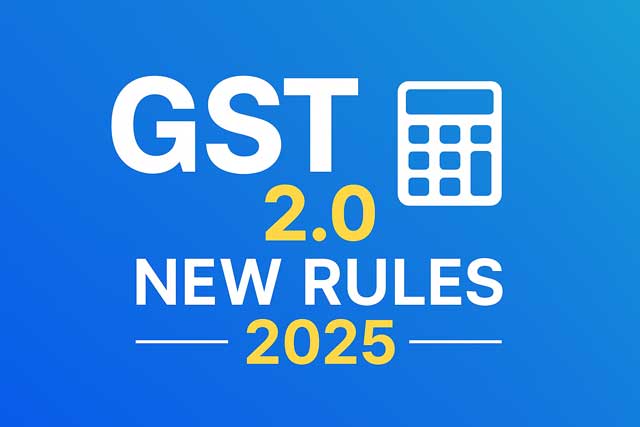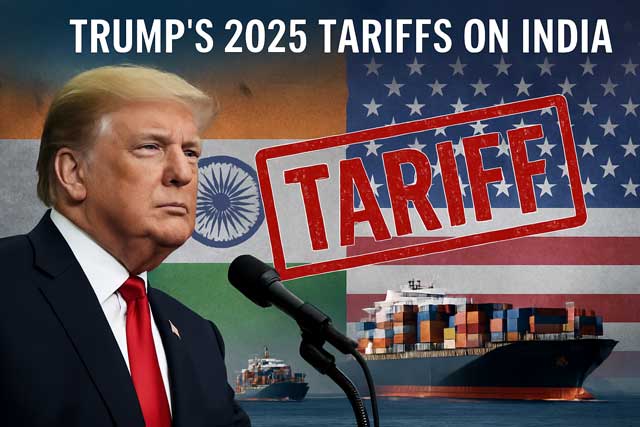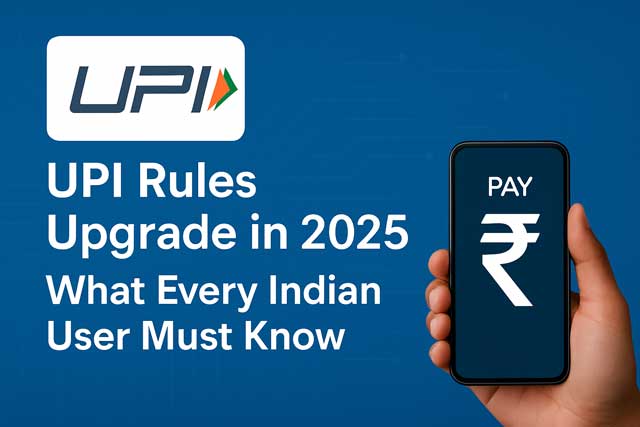GST 2.0 in India: New Rules, Tax Slabs, and Impact on Businesses
Goods and Services Tax (GST) has been India’s biggest tax reform since its launch in 2017. Over the years, several revisions were made to simplify compliance and ensure transparency. Now, in September 2025, the Government of India has rolled out a major reform known as GST 2.0.
This new system reduces the earlier multiple slabs and introduces a simplified structure of four main rates: 0%, 5%, 18%, and 40%. The idea is to make GST compliance easier, reduce disputes, and ensure that both consumers and businesses clearly understand their tax liabilities.
In this article, we’ll cover:
What is GST 2.0?
New GST slabs explained (2025 update)
Which products and services fall under each category
How GST 2.0 impacts businesses and consumers
A free GST Calculator 2025 to calculate your taxes instantly
What is GST 2.0?
GST 2.0 is the restructured version of the Goods and Services Tax, introduced in September 2025. Unlike the older system with multiple confusing slabs (0%, 5%, 12%, 18%, 28% + cess), GST 2.0 simplifies it into just four categories.
The focus is on:
Making compliance easier
Removing unnecessary disputes between businesses and tax authorities
Bringing luxury and sin goods under highest tax bracket (40%)
Reducing burden on essential and common goods
New GST Slabs in 2025
Here’s the simplified GST 2.0 slab structure:
| GST Slab | Category | Examples |
|---|---|---|
| 0% | Essentials & Insurance | Food grains, life/health insurance, medicines, education services |
| 5% | Everyday Goods | EVs, daily-use household items, footwear, basic packaged foods |
| 18% | Standard Goods & Services | Electronics, smartphones, IT services, restaurants |
| 40% | Luxury & Sin Goods | Luxury cars, tobacco, aerated drinks, high-end imported items |
0% GST Slab – Relief on Essentials
The government has completely exempted some goods and services from GST.
Food items (grains, milk, vegetables)
Life and health insurance premiums
Education and skill-development courses
Medicines for critical diseases
✅ Impact: This ensures essential services remain affordable for the masses.
5% GST Slab – Daily Necessities
This slab covers commonly used items.
Electric vehicles (EVs)
Footwear under ₹1000
Basic packaged foods
Small appliances
✅ Impact: Middle-class consumers benefit as basic necessities remain in the lowest tax slab.
18% GST Slab – The Standard Rate
The 18% slab remains the backbone of GST.
Smartphones and electronics
IT and professional services
Restaurants (non-luxury)
Packaged consumer durables
✅ Impact: Businesses in this category need to remain competitive, but compliance is simpler now with fewer slabs.
40% GST Slab – Luxury & Sin Goods
The government introduced a highest GST rate of 40% for luxury and harmful goods.
Luxury cars and SUVs
Tobacco, cigarettes, alcohol
Aerated drinks and energy drinks
Imported high-end items
✅ Impact: Strong revenue generation + discouraging harmful consumption.
GST 2.0: Impact on Businesses
1. Simplified Compliance
Earlier businesses had to deal with 6+ slabs and cess rates. With GST 2.0, they only need to account for four slabs, making bookkeeping and return filing easier.
2. Cost Management
Small businesses dealing with essentials (0% / 5%) benefit from lower taxes.
Tech companies (18%) continue as before.
Luxury brands now face higher compliance and pricing challenges (40%).
3. Consumer Pricing
Consumers now have clear visibility of final prices, as categories are simpler. This builds trust and reduces disputes at billing counters.
Free GST Calculator (Updated 2025)
Use our GST Calculator 2025 Tool to calculate GST instantly for any amount.
Select your amount, GST slab (0%, 5%, 18%, 40%)
Choose GST type (Inclusive / Exclusive)
Get a clear breakdown: Base amount, GST, and Total
This is especially useful for:
Shopkeepers generating bills
Freelancers adding GST to invoices
Consumers verifying final pricing
FAQs on GST 2.0
Q1. What are the new GST rates in 2025?
Four slabs: 0%, 5%, 18%, and 40%.
Q2. Which goods are taxed at 40%?
Luxury cars, tobacco, alcohol, aerated drinks, and other high-end items.
Q3. What is GST inclusive price?
It means GST is already included in the listed price (reverse calculation is done to find base + tax).
Q4. How does GST 2.0 benefit small businesses?
With fewer slabs, compliance is easier, and essentials attract either 0% or 5% GST.
Conclusion
The GST 2.0 reform of 2025 is one of the biggest steps towards simplifying India’s indirect tax system. With only four slabs — 0%, 5%, 18%, and 40% — both businesses and consumers now enjoy greater transparency.
For businesses, compliance becomes easier, while consumers benefit from fairer and clearer pricing. However, luxury brands and sin goods are expected to get costlier due to the highest 40% slab.
If you’re a business owner, ensure you update your billing systems and stay compliant. And don’t forget to try our free GST Calculator 2025 to simplify your invoicing process.


